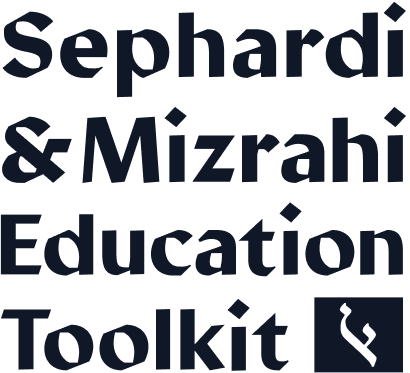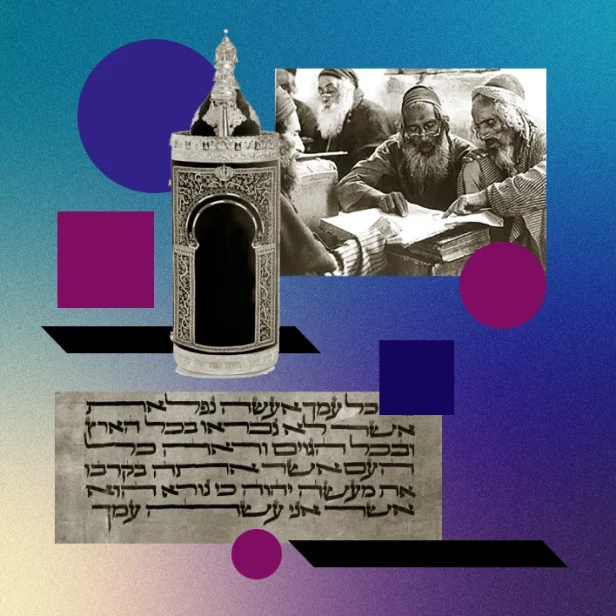Providing a broad selection of interpretations from various lands, environments, languages and centuries enriches students' understanding of and engagement with the Tanakh. Teach Sephardic commentaries as primary sources in and of themselves to enhance your students’ knowledge of grammatical, halakhic, literal, midrashic, historical, philosophic and mystical approaches to learning Torah. Many of these commentaries are available online:
Rabbi Hayyim ibn Attar (1696 – 1743) born in Salé, Morocco; lived in Algeria, Italy, Syria, and Jerusalem
Sefer Me’am Loez, published in 1732 by Rabbi Yaakov Huli, a resident of Safed, Istanbul and Salonica, and completed by his students, including Yitshak Behor Agruiti, Rahamim Menahem Mitrani, and Rafael Hiyya Pontremoli. Rabbi Aryeh Kaplan’s English translation The Torah Anthology is also widely available.
When students understand the biographical, geographic and historical context in which these Sephardic commentaries and translations were composed, they can appreciate the influence of the dominant Arabic and Islamic culture in which many of these works were written. For instance, the spread of classical Greek philosophy in the medieval period had a tremendous impact on both Jewish and Muslim religious thought. Jewish philosophers, such as Yehuda ha-Levy, Moshe Ben Maimon (Maimonides), Hasdai Crescas, and Yosef Albo, were heavily impacted by the Greco-Arabic philosophical tradition in which they were trained.
Many of the Sephardi and Mizrahi rabbis traveled throughout the world and had access to a diverse range of texts and communities, and their commentaries reflect their understanding of global, diverse experiences, drawing on knowledge of different animals, geographical areas, agricultural patterns, cultural artifacts, etc. Abraham Ibn Ezra (1089 – 1167), for example, was born in Tudela and lived in Cordoba, Spain, and throughout his lifetime visited Jewish communities in London, Italy, and Iraq. More recently, Rabbi Hayyim Yosef David Azulai (1784 – 1804) who was born in Jerusalem and lived in Hebron, traveled extensively throughout North Africa and Europe, visiting communities in Egypt, Tunisia, Morocco, Holland, Italy, Germany, and Lithuania.
Here are some biographical resources that place these commentaries in context:
Rabbi Hayyim ibn Attar (1696 – 1743) born in Salé, Morocco; resided in Algeria, Italy, Syria, and Jerusalem.
Introducing students to the translations of Tanakh into languages such as Aramaic, Judeo-Arabic, and Ladino can help students understand the ways their outlook on the world is influenced by language and culture. Many of the translations and dictionaries developed throughout the Islamic world are available and accessible online, some with English translations as well:
Additional Ladino translations of the Tanakh are available at the UW Sephardic Studies Digital Collection
Dictionaries
Mahberet Menahem was written in in Cordoba, Spain by Rabbi Menahem ben Saruq (920 – 970) and was the first dictionary of Biblical vocabulary composed in Hebrew.
Sefer HaShorashim “The Book of Roots” was composed in Provence, France by Rabbi David Kimchi (1185 – 1235).







